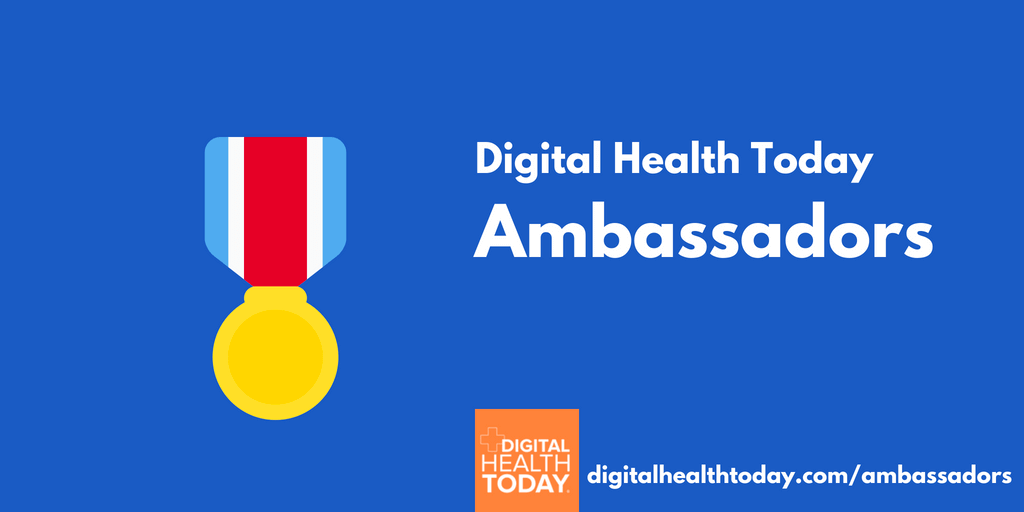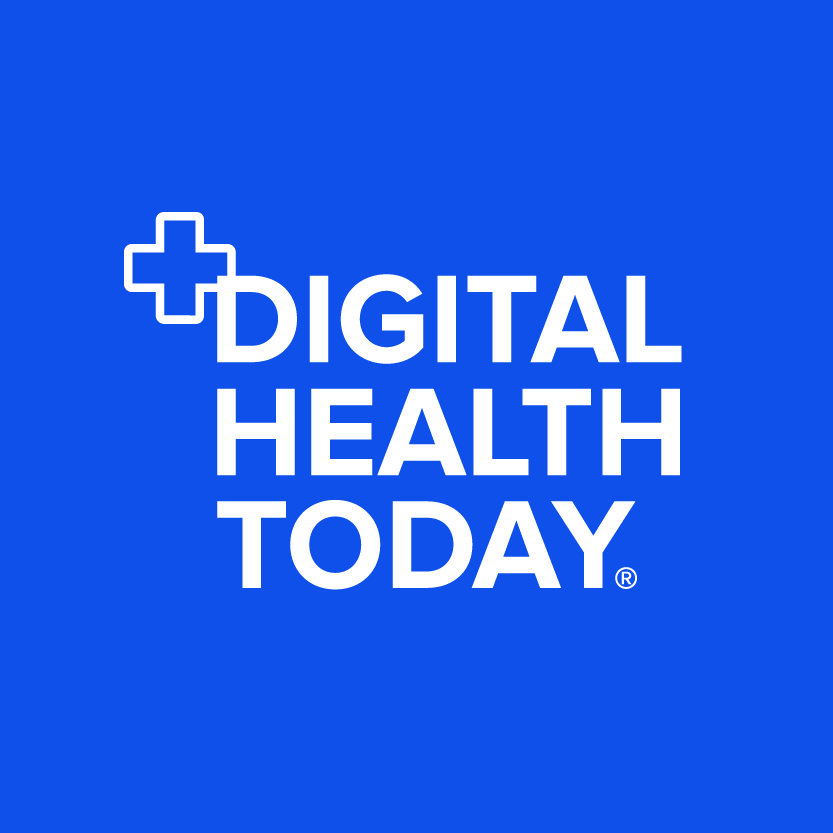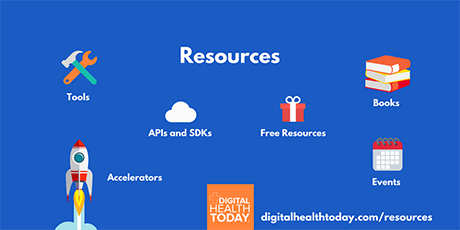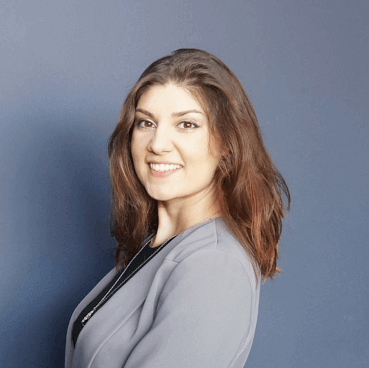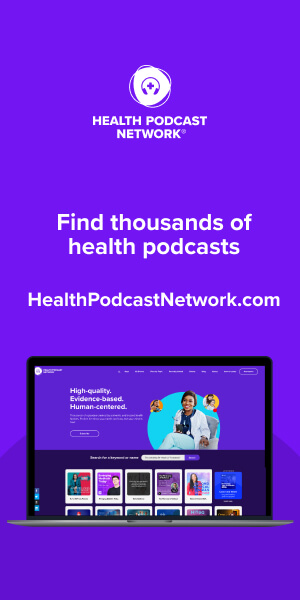By Demi Radeva
During this year’s annual HLTH conference I was grateful to sit down and speak with founder and CEO of UCM Digital Health, Keith Algozzine. UCM Digital Health is a platform that serves not only as a “digital front door” but offers 24/7 telehealth treat, triage, and navigation service to lower costs and improve outcomes and the patient experience.
Lightning Round:
What is a saying, quote or phrase that motivates you?
It’s my faith. The quote that resonates with me right now is 2 Corinthians 12, “For when I’m weak, then I am strong.” It makes me feel vulnerable enough to say “it’s not about me, there is a bigger cause,” and I can take on the world again.
What advice do you have for other innovators?
Focus on the patient. Healthcare is so fragmented that saving lives is the only thing that makes it all worth it.
What is a book that has impacted you?
First and foremost the Bible. Another book that has stayed with me is The Cure by John S. Lynch.
What is a piece of technology that makes your life easier?
My phone. I literally go days without using my laptop. I voice dictate my emails.
What is a space in healthcare that isn’t getting much attention, but should?
I’ll address this in a slightly different way. The thing that is getting a ton of attention but not necessarily the right way is this concept of a digital front door. That’s the opposite of what your question was but that hides a secret in it. The secret that I don’t hear anyone talking about is the old front door in healthcare – the ER. We need to study why people use it so much and take what’s good about it.
It’s kind of ironic that public enemy number one– the ER– is also our specialty. It is actually going to solve the problem, and that is because the ER knows what the patient wants. The ER is the worst place in the world from a consumer standpoint: you have to drive there, it’s around the four walls of a hospital, it’s a huge wait, and it’s often really expensive. Yet people continue to flock to it, and it is because of the care that they receive there. That’s really the solution.
Deep Dive:
Tell me about UCM Digital Health?
I am an emergency medicine physician’s assistant and my co-founder is an emergency medicine physician. We’ve worked in the ER for about a decade and a half. We were so proud of emergency medicine and the care we provided for patients, but we were just so tired of the world trying to keep people away from our shop, telling everyone this place is horrible and not to go there because it’s horrible. Despite that, the volume of ER patients continues to soar.
We started realizing this is really a consumer story, an amazing one. Imagine if Amazon or Walmart went on a decade-and-a-half campaign and spent billions of dollars saying do not come to my store or website because I am horrible. Their consumer base would tank. But that’s not what was happening in the ER. That’s when we realized people vote with their feet.
When the system started blaming the patient, that’s when we said we got to do something about it. They literally called everyone a bad patient and irresponsible for coming into the ER, and as a result, they needed to be punished. The system punishes you with huge co-pays and deductibles. And we went nuts. That finally pushed us over the edge to start the company.
The system is looking at ICD codes retrospectively; it sees a knee contusion and abrasion and says that’s an anomaly, that’s not an emergency. And we are like, “Johnny didn’t know he had a knee contusion and abrasion. Johnny fell down the stairs, hit his knee, and started to bleed.” He didn’t know where or who to turn to, and when. So he turned to the ER. We were able to diagnose and take care of him.
At that moment, that’s what Johnny needed, so you can’t look at the end diagnosis of an ER visit and say it was an unnecessary one. So we said let’s help patients by creating this new digital front door, using our expertise and our triage expertise, which is patient-centered triage, and prevent these unnecessary visits up front.
I hear a lot of shaming and judgment, instead of the system taking accountability for how broken it is. Would you agree with that and why?
Exactly, it is a “look in the mirror” moment. The problem is that the healthcare system thinks about it from the side of the people who deliver care; we don’t think about it from the patient’s perspective. And even when we think about it from the patient’s perspective, we don’t actually take action and change it.
If we look through the eyes of a patient, we have a horrible healthcare system. For example, it’s 2 am and Johnny injured his knee. First, we expect him to become a doctor so he can diagnose himself and know that this isn’t an emergency. We, the physicians, studied medicine for years and worked in the ER for more than a decade to figure out how serious that knee injury is.
Second, we ask Johnny to be an accountant and figure out what his co-pay is and what his deductible is. Then we ask him to be a logistics expert and figure out what is open now and how to get there.
Finally, we ask him to be a CFO because the bills are so confusing and it is nearly impossible to figure out what you do or don’t owe. And all of this is happening when you are at your most vulnerable– when you are unwell.
What types of patients did you see in the ER? We often hear that those undocumented, or on Medicaid, or homeless are the ones that are using the ER mostly.
It’s all the above. That’s what’s amazing about the ER. It doesn’t matter if you walked, came on a motorbike, or rolled up in a limo; you know these doctors have your back.
The truth of the matter is the highest percentage of the people we see are indeed the most vulnerable. That’s the reason it’s called the safety net. When a patient doesn’t know where else to turn, they know they can be taken care of in the ER.
Obviously, our most vulnerable populations, particularly from a socioeconomic standpoint, are often the ones that visit the ER. This is for the same reason everyone else goes, but they go more often because they don’t have the access to the health system that the rest of us have.
We all have a certain filter (i.e. bias) based on our life experiences and values. How do ER docs navigate taking care of such a diverse patient base?
Talk to the patient. In healthcare we are so busy that we don’t spend enough time talking to our patients. If we talk to them, we find out what’s going on. It’s that simple. One of the biggest things that we have to do in order to really help patients is to stop assuming and just start asking! Start talking to them, or better said, start listening to them.
At UCM, we are really uniquely designed to help people. A lot of people think the ER’s specialty is gunshot wounds and heart attacks and strokes. That’s 1% of our specialty. Our real specialty, 99% of what we do, is triage. It’s not triage the way most of the world thinks of it. Most of the world thinks of triage as an annoying step that you have to go through to get care.
Triage in the ER is patient-centered triage, which is what we do at UCM. Patient-centered triage is the first step to care, and in the ER, is it old-school triage. That means we ask, “Is this an emergency– yes or no?” We are the absolute best at determining, “Is this annoying cough just a cough, or a blood clot in your lung that’s going to kill you in the next three hours?”
If we go back to the story when Johnny fell and bumped his knee, the first thing he wants to know is whether this is life or limb threatening. He’s wondering if he’s ever going to walk again if he doesn’t get it checked out and taken care of.
The next step is to initiate treatment. And after you initiate care, you have to push the patient through to the next steps that are most appropriate, and you have to follow through until they’re either handed off to the next step or their issue is resolved.
Our model is concierge triage, because that leg injury isn’t just going to last one or two or three hours. Most likely it will last a week. Step one is this isn’t life threatening. Step two is treatment. Three, let me guide you to get an x-ray. Four, here are the results. Five, here are exercises you have to do. Six, we check back with you to see if further help is needed. Like, are you able to walk now to go get food at the store? Are you able to take your kids to where they need to go now, because you’re walking again? If not, how can we connect you to the right resources to get this done?
That’s really taking the patient through an entire problem from start to finish, which is not primary care. I’m not longitudinally taking care of you as a human, for example, with your diabetes. I am taking you through one acute problem that is not one moment in time, whether it takes minutes, hours, days or weeks. That whole problem needs to be brought to resolution and be handed off, and if you fall anywhere short of that, you’re just fragmenting the healthcare system even more.
What is the patient experience like?
We really have that same digital front door mantra as we did in the ER, which is “come the way you want to come.” We set up our virtual front door with that same mentality. You can be as cool and techie as you want on our app, or you can literally pick up the old rotary phone and call us. We really tried to make it patient focused.
Any final thoughts on health equity and digital health?
Your topic is timely. Healthcare is “becoming,” it’s at a transformation point. Everyone is realizing that. Our cost structure for what we deliver from a quality standpoint is getting worse and worse, and if we don’t do something about it now, we are going to fall off that cliff. I think that there’s some urgency to this finally; I really feel a tipping point like I’ve never felt in my 15-year career in healthcare.
Everyone has talked about change forever, but I never really felt what I feel today, which is a real tipping point. We are going to look back at this time and see a huge shift, and it all started with changing the way we think about healthcare. Instead of looking from the perspective of those who deliver care, we are focusing on those who receive it. And what I mean is not pure consumerism; getting surgery isn’t like buying sneakers off the shelf. I mean a middle ground, where patient and provider work together to figure out the best solution.

